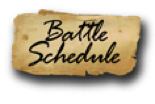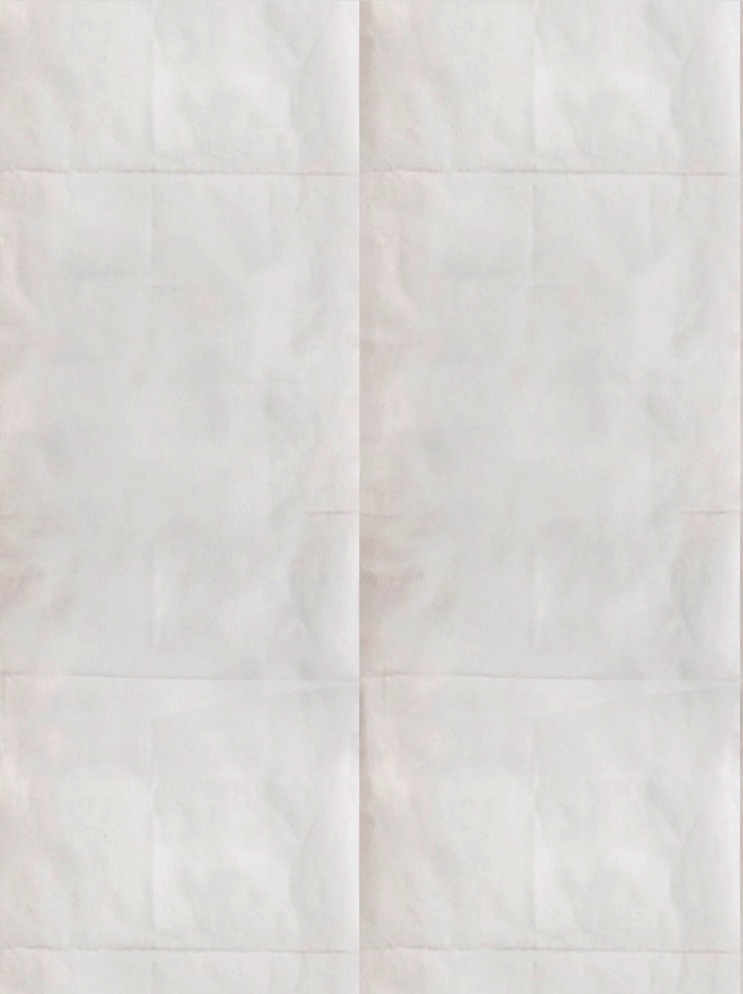
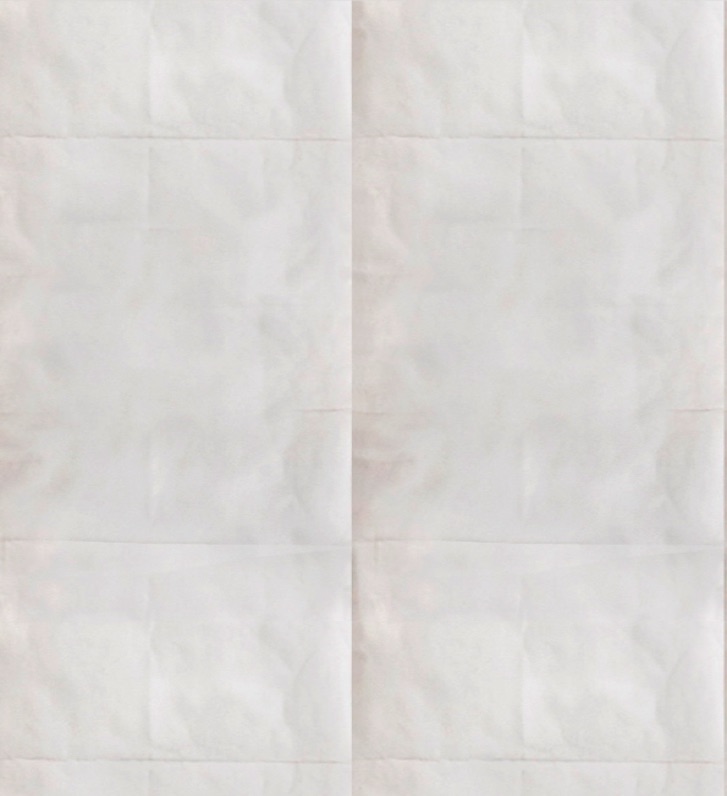
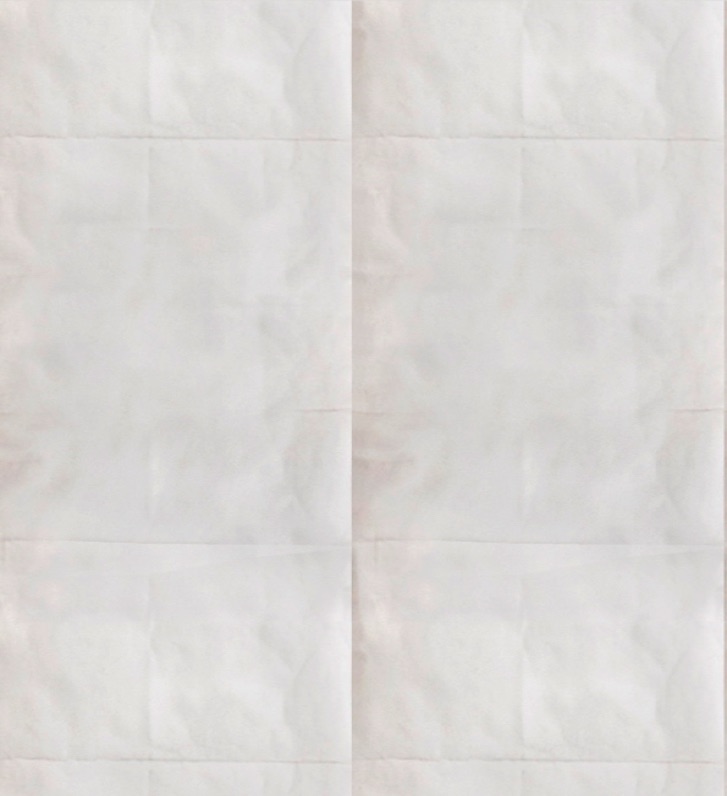
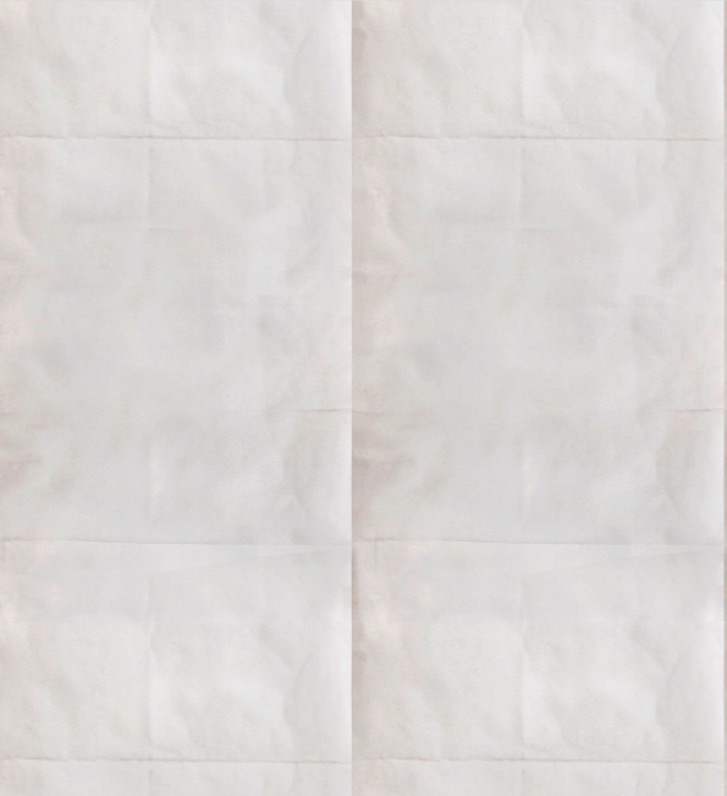

A Dozen Inexpensive Ways to Improve
Your Personal Impression
By: Cal Kinzer
Everyone thinks it costs big bucks to have a first-rate authentic soldier impression. However, there are a number of things any Reenactor can do to improve his impression that cost little or no money. Here are a dozen examples:
(1) Get a haircut
Both army regulations and contemporary photographs confirm that hair was kept short by soldiers. The idea that the Rebs wore long hair much like their "cavalier" ancestor isuntrue, except for a few cases very early in the war. Problem with cleanliness and lice inthe field made short hair a must. Don’t be misled by the photographs of high-ranking officers. Their hair was probably longer than that of the men under their command. Civilian hair styles were shorter for the younger generation during the 18 60’s than they were among the older folks, many of whom still had longer hair from the 1840’s or before. By the same token, long beards were probably uncommon for the same reasons. Most photos taken in winter quarters show the majority of the men with no beards at all. Mostlikely, beards, if worn, would be of the shorter variety and would be worn out of necessity during active campaigning when shaving was an impossibility. Most Civil War soldiers seem to have enjoyed shedding their summer growth of facial hair when they settled downto winter quarters.
(2) Lose some weight
I don’t agree with the lady who is suing the Park Service because they won’t let her participate as a soldier - but she is right about one thing. Reenactors as a group are grossly overweight. (Comes from munching Pringles while reading the latest Civil Warbook!) your uniform will never look right if you’re more than 10-15% overweight. Not all Civil War soldiers were bean poles, but fat ones didn’t last ver y long - especially in the combat arms.
(3) Lose your hat insignia
Kurt Holman pretty much said it all in his article ("Insignia Of The Common Union Solder", CCG, March, 1991). If you want to look like a real soldier, one of the easiest way to achieve it is to remove all insignia (bugle, corps, badge, etc.) form your headgear. Bugles were not even regulation for forage caps. Many Reenactors may also be surprised to learn that bugles and the side eagle plate were not issued with the Hardee hat. They had to be requisitioned separately. Once the war got going, soldiers rarely did so unless they were on special guard detachments behind the lines. Feathers are also wrong. I have yet to see any original photo of a field soldier wearing one. Hat cords were worn sometimes on Hardees, but since they also had to be obtained separately, probably not that much. The only ornamentation that came on the Hardee hat when it was issued was a 1.2" black ribbon which formed a small bow on th e left side. The best way to go by far is to have a plain hat or forage cap. Take a long, hard look at your headgear. Nothing will make your impression like a good, correctly-styled hat. Nothing will ruin an otherwise good impression faster than a poor choice of headgear. Even though a hat may be historically correct, this still does not mean it is the right hat for you. Victorian men were very particular about their headgear. Soldiers were no different. Hats during the period had a definite shape and style. There were none of the shapeless(hillbilly) hats you so often see at reenactments. A hat should have a hatband and should not be too "floppy." Wearing a droopy hat is probably the most common mistake made by Reenactors.
(4) Burnish that Enfield
Several years ago some of the boys in my unit got into a discussion about whether period Enfields were burnished. After looking at scores of photographs and examining every original we could find that was documented as being issu ed, we came to the conclusion they definitely were not. In fact, I have yet to see a period photograph of a blued Enfield. (If anyone has one, I’d like to see it!) Yes, the Brits did blue their metal, but thetype of bluing they used didn’t last long. It quickly wore off when the weapon was cleaned. American arms had traditionally been burnished and there is no reason to believe that US and CS officers made any distinction in this area with regard to foreign-madeweapons. The argument that you will have to clean the weapon if the bluing is removed won’t wash. It’s either authentic or it’s not - the choice is yours.
(5) Burn those gaiters!
It seems like every once in a while sutlers come up with some off-the-wall item which isspecially designed to farb up an otherwise decent impression. Such is certainly the casewith the current craze for gaiters. Yes, they had them. Yes, they can be documented. Yes, there are pictures of soldiers wearing them. But they look STUPID! This is pr ecisely the reason why most Civil War soldiers got rid of theirs as quickly as they could. It’s another of those questions of what was typical. A typical soldier in the field, after thefirst few months of the war, wouldn’t be caught dead with such a silly and useless item.
(6)Wear full gear
There is a myth in the reenactment community that soldiers habitually dropped their knapsacks and blanket rolls on going into battle. It is the result of a few early war accounts (or accounts of assaults on fortified positions) in which this was done. (If you read farther in these same accounts, you almost always find that those who dropped their knapsacks or blanket rolls almost always later regretted having done so.) Veteran soldiers quickly learned that they would have urgent need of the dry clothing,blankets, and food contained therein once the battle was over - and who was to say that they wouldn’t be miles from where they started when the fight was over. The wagons needed to carr y knapsacks became fewer as the war progressed and the armies cut back on transport. Knapsacks aren’t bad if you pack them right and don’t overload them. They’re much cooler than blanket rolls. There is plenty of documentation on their use inbattle for those willing to hunt for it.
(7) Take mind of the season
If you are a Federal, try leaving your frock coat or shell jacket home during summer events. They are simply too hot for summer use. The sack coat was virtually universal during the hot months. It is likely that the shell jackets worn by Rebs during the summer were also unlined. On the other hand, it appears that soldiers did switch over to frocks or shell jackets during the winter, at least in some cases, especially if overcoats were not readily available.
(8) Hike up your traps
When you see a Reenactor with his haversack and canteen swinging down near his knees, it’s a sure bet he’s never marched in his gear any farther than the distance from the camp to the parkin g lot. Veteran campaigners soon learned that your traps ride a lot better, anddon’t beat the dickens out of your legs, if you shorten up the straps so that they ride fairlyhigh. Don’t make the mistake of simply tying the straps up shorter, however. This is adevice invented by Reenactors for which there is no documentation so far as I know. Ifyou shorten up your straps, do so by sewing them the desired length. Nothing looks worse than seeing a soldier with a big knot of canteen strap on his shoulder. Similarly, the waist belt and cartridge box should be worn high up - around the true waist - not on the hips (which we modern folks consider to be the waist). Most commercially made haversacks and canteens seem to come equipped with straps made form Michael Jordan. But when you look at the pictures, you will see the original soldiers wearing them up high and out of the way.
(9) Use your "biled" shirt for a gun rag.
Another atrocity which has been fostered on the unsuspecting Reenactor by so-called"sutlers" who care more about profits than for authenticity is the "biled shirt". This is the ubiquitous which linen shirt which you see most Reenactors wearing. Once again, a quickcheck of period photographs reveals that most civilian shirts were colored (soldiers, prints, or checks) and that most were either muslin, wool, or a heavier cotton. Federals(especially in the East) seem to have worn the issue woolen shirt (even in the summer). There is one account of a burial detail at Gettysburg. They could tell the dead Federalsfrom the Rebs because the Feds were all wearing the off-white woolen Army-issue shirt(and this was in July!) As a general rule, colored shirts or off-white woolen or muslinshirts are far more authentic than the white linen shirts being worn by most Reenactors today.
(10) Lose the sweat-band
In spite of an absolute lack of documentation, many Reenactors insist on wearing handkerchiefs on their heads as sweat-bands. This makes us look ilke a bunch of 60’sradicals or Kung-Fu experts. Does it follow that since Civil War soldiers had handkerchiefs they would have used them in this way? Not necessarily. Standards ofpersonal looks are different now. As near as I can tell, the practice of wearing headbands was something we borrowed from Asia during the Vietnam War. It would have been foreign to the thinking of 19th Century people. If it can’t be documented as being widespread, it doesn’t belong.
(11) Un-blouse those socks
To many, this will seem like heresy. After all, everyone knows that Civil War soldiers tucked their trousers in their socks. Right? Well, maybe in some cases and in certain circumstances. One thing is for certain, it is incorrect to do so on formal occasions (such as guard duty, drill, dress parade, etc.) Nor does one see photographs (most of which were taken in camp during winter quarters) of soldiers with their pants tucked in theirsocks. In the field, it might have been done by some. Ho wever, my personal experience hasbeen that (1) it lets small seeds, dirt clods, and pieces of gravel down in your brogans, (2)it’s hotter in the summer, and (3) it stretches out and eventually ruins your socks. A good rule of thumb is that trousers should never be bloused in camp, on the drillfield, or on dress occasions. On the march or on the battlefield it is more acceptable,although still probably not the practice by the majority. If you’re a little on the heavy side,by all means don’t blouse your trousers. It only accents your weight and makes you looklike a top!
(12) Acquire the "plain nondescript" look
One strongly suspects that many Reenactors wear frilly, colorful, or even outlandish gear and insignia for all the wrong reasons - to be noticed in the crowd or to call attention to themselves. This is precisely the thing you don’t want to do if there are people shooting atyou! The most important rule to remember if you are looking to improve your impression is that combat soldiers are infinitely practical men. The veterans made a real fetish of traveling light and they did their best to rid themselves of anything which was superfluous or unnecessary to the everyday necessities of life in the field. As the war progressed, even their officers came to recognize that practicality made formore efficient armies. Most veteran troops would have laughed at some of the ridiculous things worn by modern Reenactors: feathers, brass insignia, gaiters, etc. The best way toget that "look" for which we are all striving is to try to appear as plain as possible. As General Sherman said, "The longer the war goes on the less our men look like soldiers andthe more they look like common day laborers". By the second year of the war, the veterans on both sides had discarded the finery of the early period, adopted very plain and functional dress, and had settled down to the grim business of survival.


